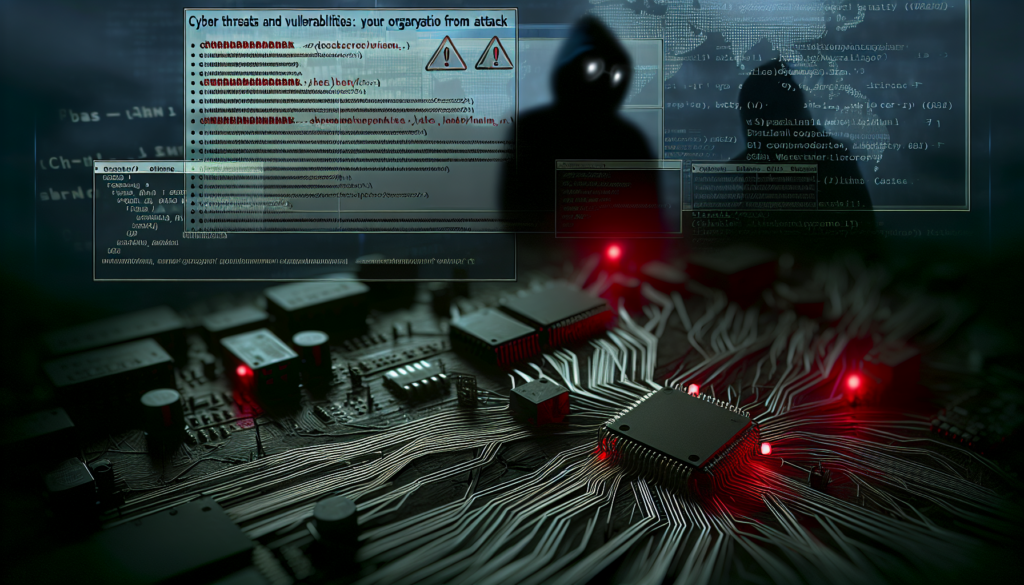Threat Overview
Cyber Threats and Vulnerabilities: Protect Your Organization from Attack
Threat Overview for Security Operation Center
Cyber threats are becoming increasingly sophisticated, with attackers using new techniques to exploit vulnerabilities in systems and networks. The latest threat report from AlienVault highlights the exploitation of a vulnerability in Apache ActiveMQ by actor group Mauri Ransomware Threat Actors.
Tactics, Techniques, and Procedures (TTPs)
According to the AlienVault report, Mauri ransomware actors are exploiting the CVE-2023-46604 vulnerability to attack Korean systems. The attackers use XML configuration files to add backdoor accounts, install remote access tools like Quasar RAT, and set up proxies using Frpc.
The Maui Ransomware is built on open-source code and has been found in customized configurations. While primarily targeting cryptocurrency mining, some cases involve system control and potential data theft.
Vulnerabilities to Watch Out For
- Apache ActiveMQ Vulnerability (CVE-2023-46604): This vulnerability allows remote code execution on unpatched servers. It is essential to patch vulnerable Apache ActiveMQ versions as soon as possible.
- Zero-Day Exploits: With the rise of zero-day exploits, it is crucial to stay up to date with the latest security patches and implement robust security controls around access to sensitive systems.
- Phishing Attacks: Phishing attacks remain a significant threat, so ensure that employees are aware of these risks and how to avoid them.
- Ransomware: In recent years, ransomware attacks have become increasingly common. Implementing a robust backup system can help minimize the impact of these attacks.
Recommendations for Prevention
- Patch Vulnerabilities Promptly: Regularly update software packages to prevent exploitation by exploiting zero-day vulnerabilities. Patching vulnerabilities promptly is essential in maintaining the security and integrity of your network.
- Implement Firewalls and Intrusion Detection Systems (IDS): Configure firewalls and IDS systems to monitor traffic going into and out of your network, helping identify potential threats before they can cause significant damage.
- Regularly Back Up Critical Data: Keep backups of critical data both in-house and by utilizing cloud backup services. The most recent security patches are necessary to utilize cloud services with reliable encryption keys so an attacker cannot recover any of the encrypted backups.
- Use An Antivirus Program: Utilize reputable antivirus applications and, for enterprise businesses, you can use a dedicated malware detection tool like AlienVault Labs OTX.
Stay Vigilant
Staying informed about the latest threat reports is crucial in maintaining the security and well-being of your organization. The most recent updates on current threats can be found on various threat intelligence platforms. When it comes to cybersecurity, a proactive approach will prevent losses due to cyber-attacks.


